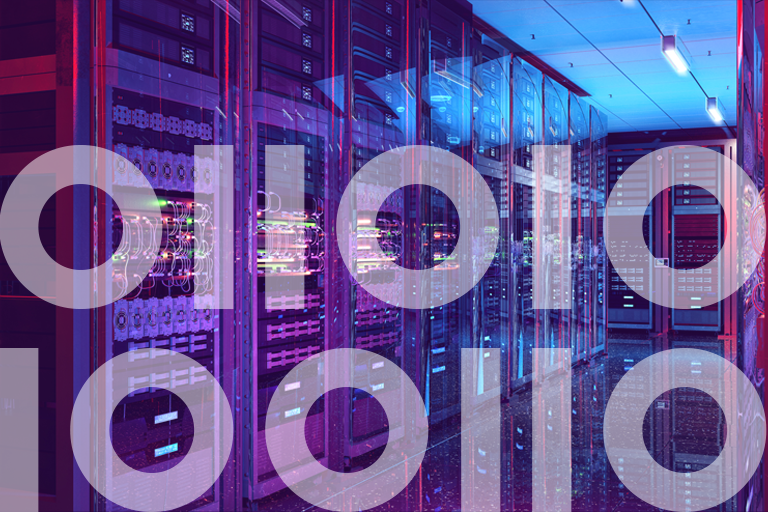Mainframes have been the workhorses of the corporate data center for more than half a century. With the advent of new technologies such as the cloud and low-cost x86 commodity servers, many tech pundits expected the mainframe to fade away sooner rather than later. But that’s far from the case. In fact, in 2021 the venerable mainframe is still as relevant as ever for many enterprises around the world. Here’s why.
Mainframes continue to shine at traditional tasks
Mainframes are still hard at work doing the jobs they have traditionally done. 67 of Fortune 100 enterprises continue to use mainframes for their most crucial business functions.
For example, when it comes to high-speed transaction processing, mainframes simply have no peer in terms of speed, the volume of transactions they can handle, and cost-effectiveness. That’s why banks still lean on mainframes for their core operations. Many customer interactions, such as credit card and ATM transactions, are carried out through high volume, real-time, online transaction processing (OLTP). Banks also continue to depend on overnight mainframe batch runs to process customer statements, internal financial reports, and much more.
In addition to their advantages over contemporary alternatives in high-speed processing capabilities, mainframes have held their grip on long-time users through their ability to handle multiple terabytes of data without breaking a sweat. That’s particularly important not only in banking, but in other information-intensive areas such as government, healthcare, insurance, utilities, and education.
A 2020 survey revealed that among the largest enterprise mainframe users, 90% see mainframe as a platform for new growth and long-term applications. And the beat goes on. IBM, a leader in mainframe technology for over 50 years, released its latest mainframe offering, the IBM z15, in September of 2019, quickly leading to a 61 percent rise in mainframe revenues for the tech giant.
Mainframes are successfully adapting to new use cases
As new IT technologies and application areas appear with sometimes bewildering speed, the mainframe has needed to evolve to stay relevant, and it is doing so. For example, though mainframes were once COBOL-only strongholds that were restricted to proprietary operating systems, they are now quite at home with the popular Linux OS and modern programming languages such as Python, Java, JavaScript, and C++. This multilingual capability allows mainframes to make use of sophisticated tools originally developed for the x86 server world.
For example, with its new ability to tap into the growing AI ecosystem through use of open source languages and tools such as Scala, Python, TensorFlow, and Apache SparkML, the mainframe has become a highly capable machine learning host. With vendors like Precisely offering tools to integrate the huge amounts of highly valuable data residing on mainframes with data lakes and analytics platforms like Splunk and SerivceNow, performing big data analytics no longer requires off-loading mainframe data to the cloud or an x86 server environment.
Read our whitepaper
Getting the Most Out of Your Mainframe
See how to offload, accelerate and lower cost of your mainframe to maximize its value
One of the most attention-grabbing of the new uses in which mainframes now excel is blockchain. The mainframe’s advantages over x86 servers in response time, transaction throughput, scalability, and particularly security, make it the ideal blockchain host.
That security advantage is decisive. The blockchain model is entirely dependent on transaction records being carried in a chain of data blocks that, once assembled, cannot be changed. Because of their superior processing power, mainframes can provide the protection of 100% end-to-end encryption without degrading performance. In fact, IBM claims that its mainframes encrypt data 18 times faster than x86 platforms at just 5% of the cost.
Other areas in which the mainframe is carving out a significant spot for itself in the modern era of IT include DevOps, cloud computing (both public and private clouds), and running multiple virtual operating systems.
The mainframe is here to stay!
As this brief survey of the mainframe’s place in the current IT landscape shows, “big iron” is not going away any time soon. In fact, according to Allied Market Research, the global mainframe market is expected to reach a staggering $2.90 billion by 2025.
Read our whitepaper, Getting the Most Out of Your Mainframe, to learn how to maximize its value.







